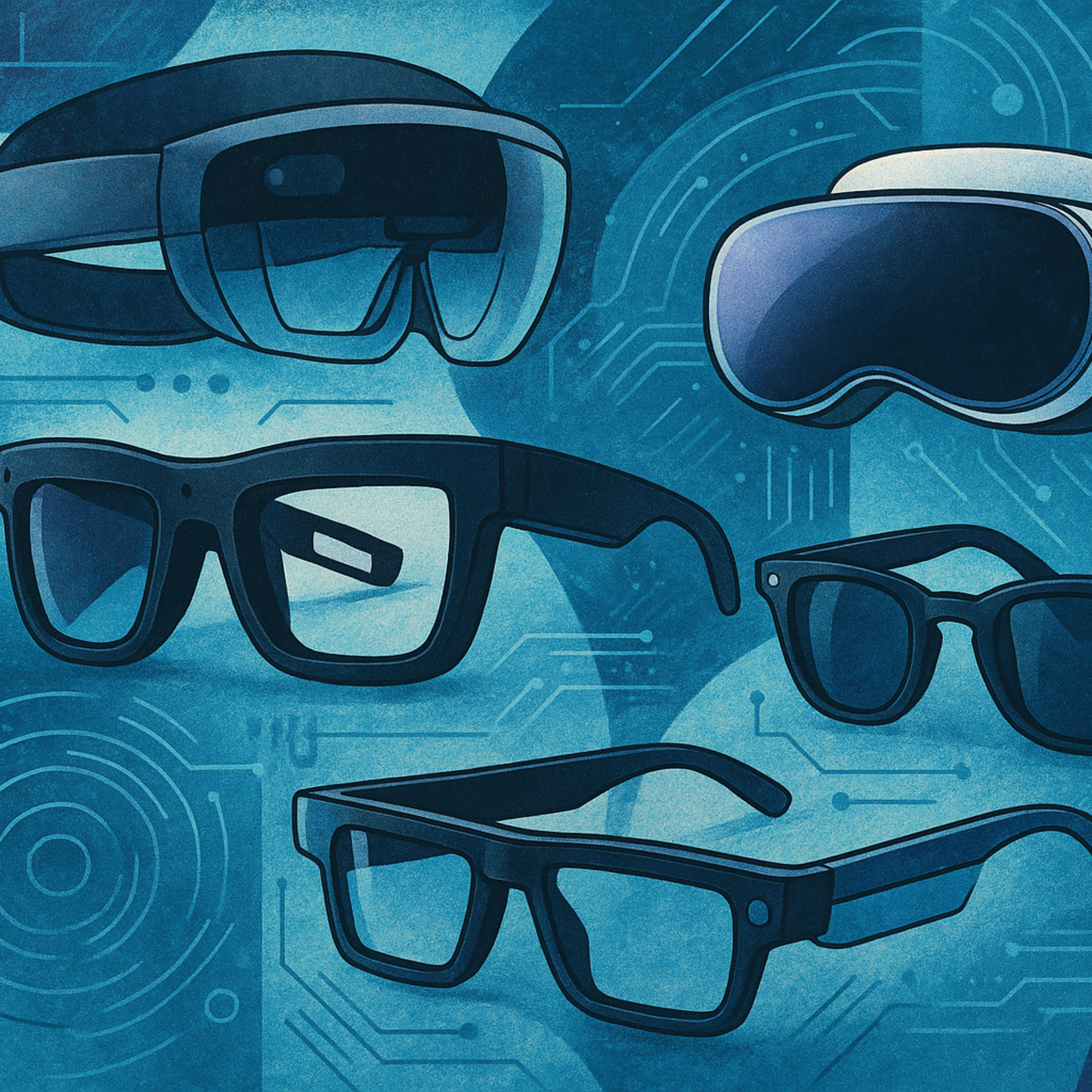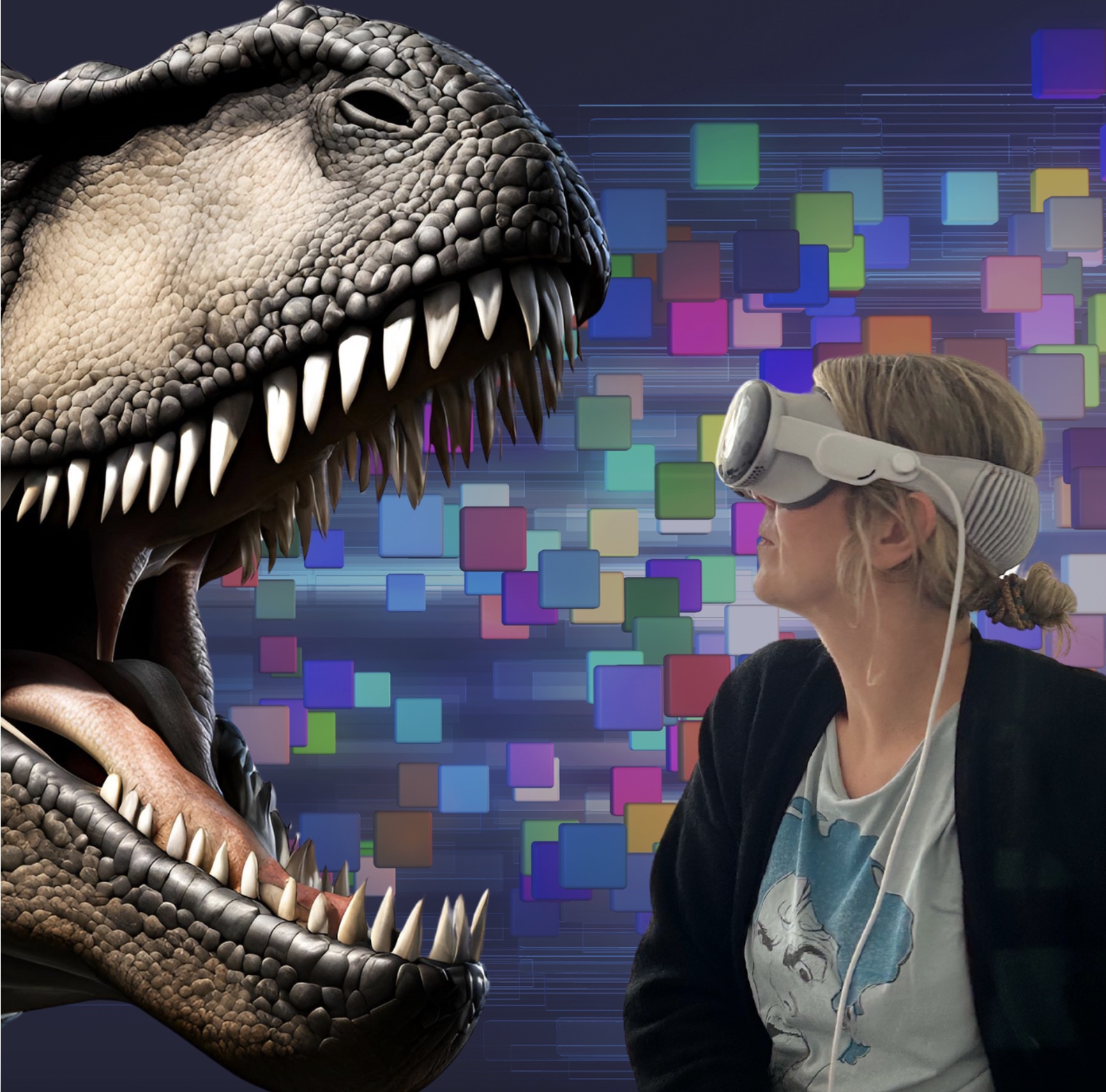The human eye stands out for its role in communication and social interactions, something perfectly captured by the saying “the eyes don´t lie”. One of its most intriguing aspects is the white sclera, the bright part that contrasts sharply with the iris and pupil. This distinct feature, largely unique to humans, has been a subject of curiosity for both evolutionary scientists and technology developers alike. This article explores the evolutionary advantage that the white sclera once gave us – and how the same mechanisms are now used as high-tech applications, such as autonomous driving and AI.
Why did humans evolve to have such visible eyes?
One widely accepted theory, the “cooperative eye hypothesis,” suggests that our ancestors evolved the white sclera to improve communication. In a group setting, being able to see where someone is looking helps with coordinating activities, avoiding danger, or sharing attention—all essential for a species that thrives on social cooperation. After all, we are social animals.
It’s this fundamental need to understand human gaze behavior that has triggered the development of modern eye tracking technology. And that’s not all: Eye tracking offers a glimpse into our human behaviours such as attention, distraction and even cognitive load. Just as our ancestors used gaze direction to communicate and collaborate, modern systems use this information to enhance their usability and performance – for example to improve autonomous driving or to optimize the operation of wearables such as smart glasses
How the eyes reflect survival and social strategy
While humans have a highly visible white sclera, the situation is different for animals. Primates like apes, have sclera, but they are not as noticeable as in humans. In species such as chimpanzees and bonobos, the sclera tends to blend with the surrounding eye area, making it less obvious.
For predators and nocturnal animals, like lions or owls, a darker sclera offers an evolutionary advantage, helping them remain stealthy by hiding their gaze from both prey and competitors. In contrast, social animals like some birds or mammals, even though they don’t have bright white sclera, have evolved eyes that still allow them to communicate effectively within their groups by making eye direction more apparent.
This difference in sclera visibility between humans and animals highlights how each species has adapted to its unique environment and social needs. For humans, the visible white sclera evolved primarily to aid in social communication, while for animals the primary focus was survival rather than social signaling.
The role of eye tracking in driving innovation
Although the white sclera is not the only factor, it is an important one when it comes to enabling social communication via the eyes. It makes it easier to track a person’s gaze – this also applies to professional systems such as eye tracking glasses. These systems use a combination of infrared light and tiny cameras or other kinds of sensors to track eye movement with high accuracy and precision, capturing even the smallest changes in direction and focus.
By analyzing these eye movements, eye tracking provides valuable data on what holds a person’s attention, what it does or does not perceive in a certain situation. In commercial applications, these findings help to train the attention and perception of vehicle drivers in the mobility and traffic sector.
In addition to its current applications, eye tracking technology holds immense potential for future innovations, such as autonomous driving. Eye tracking technology can be used to collect data from human drivers, capturing where they focus their attention in various traffic situations — such as approaching intersections, detecting pedestrians, or reacting to road hazards. This data is then analyzed to train AI systems, teaching autonomous vehicles how to respond to similar real-world conditions. By learning from human gaze patterns, AI-powered cars can make better decisions, predict potential hazards, and navigate roads more safely and intuitively.
So, while enterprises now use eye tracking to gather data, to train perception or improve user experiences, the basic idea is the same: the more visible the eyes, the easier it is to understand intent and direction. This connection between our evolutionary past and modern technology is a great reminder of how traits that evolved for survival can find new applications in entirely different contexts.
The future in focus: How human vision continues to inspire technology
Eye tracking technology shows us how ancient instincts can be harnessed in new, innovative ways. While it’s interesting to consider how humans evolved to use gaze for survival and social bonding, today’s technology takes this a step further by ensuring that devices can “see” and understand humans in ways that mimic human intuition. It’s a powerful evolution of a simple concept—watching and learning—that started with our ancestors and now powers our modern world.





